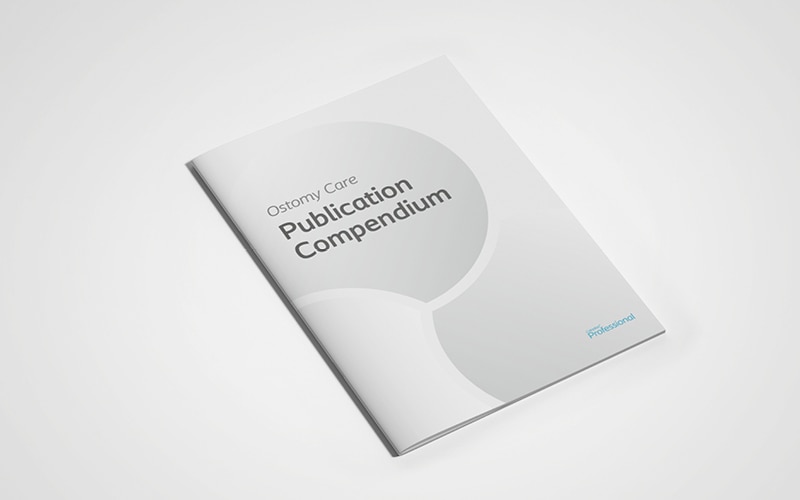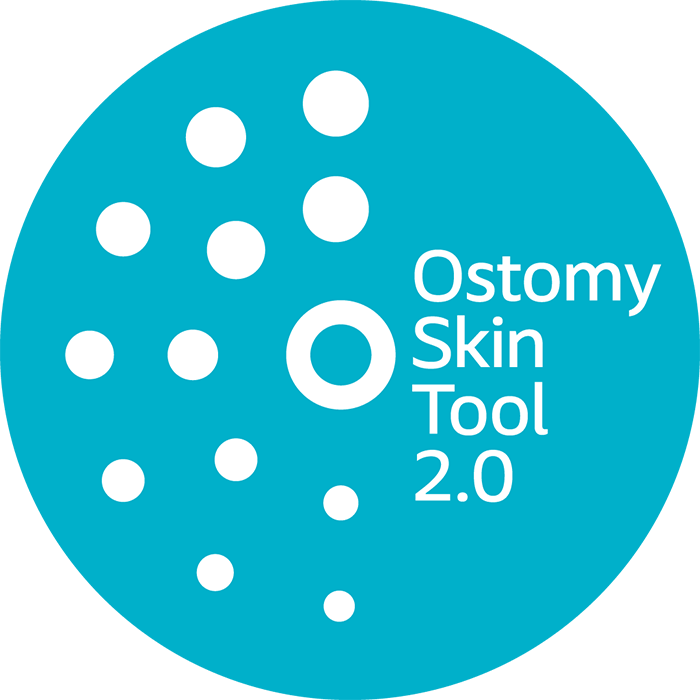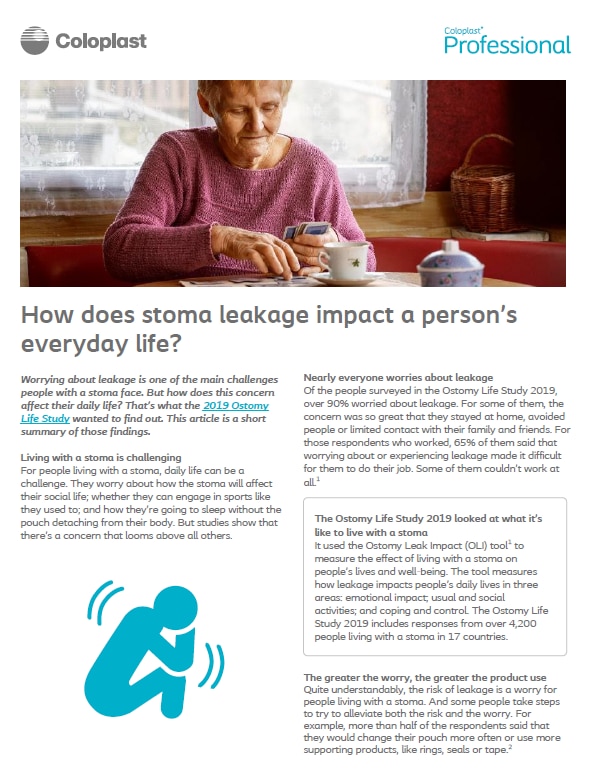Get full access with a free account
Benefits of the Coloplast® Professional Educational platform
Get full access to all educational content, events and resources
Track your progress
Share content with your collegues
Share supporting material with your patient
Evidence related to the prevention of leakage and peristomal skin complications

Welcome to the Ostomy Care Publication Compendium 2nd Edition
Keep up to date with the Ostomy Care Publication Compendium. The Compendium features an extensive range of ostomy care-related journal publication summaries and direct links to full articles.
You will find content relating to both physical and mental challenges faced by people living with a stoma, which you can use in your daily practice, whether that is patient care or the education of colleagues.
Compendium benefits:
• Regularly updated with new content
• Keep up to date with the latest ostomy care developments
• Use insights to enhance your daily practice
• Download versions free and share them with your network

The newly revised Ostomy Skin Tool – OST 2.0
The newly revised ostomy skin tool, OST 2.0, is the result of consensus from qualitative interviews between HCPs with relevant experience, people with a stoma, and input from expert panels. The panels comprised two dermatologists and three ostomy care nurses, each with over 30 years of experience within the field of ostomy skin care and treatment of Peristoma Skin Complications (PSCs).
OST 2.0 is a sensitive tool that can be used to follow changes in the peristomal skin regularly and thereby help prevent severe PSCs. The tool uses a decision tree model to define a combined score, including a patient-reported outcome questionnaire on PIB (pain, itching and burning) and an assessment of discolouration in the peristomal area.
More tools for your daily practice

The Risk Factor Model: guideline to support prevention of peristomal skin complications (PSC)
For people living with a stoma, Peristomal skin complications (PSC) can become part of a cycle where leakage from an ostomy product irritates the skin on the peristomal area, making it difficult for the product to adhere properly to the skin, which in turn leads to more leakage. This worsens the peristomal skin complications and often has a negative impact on the patient’s quality of life.1 The Risk Factor Model was developed to make it easier to assess the risk factors for each patient in daily practice. The assessment helps in initiating appropriate interventions to prevent leakage and skin complications and thereby secure patient confidence and quality of life.
ShortReads – publications & research in an easy to digest format
Short on time? Want to stay up to date with relevant publications? We have taken several different publications and condensed the content into a short, easy-to-digest format that will allow you to stay up-to-date with relevant topics, in less time than it takes to read a full publication or article.

Paediatric stoma care: global best practice guidelines for neonates, children and teenagers
Paediatric stoma care nursing is still a relatively undescribed field, and little literature and research is available. In fact, many stoma care nurses working with adults say they would not be comfortable caring for the paediatric population. To meet the need for clear and effective guidelines in this important area, an international group of paediatric stoma care experts have developed best-practice guidelines on paediatric stoma care to support colleagues working in this field and ultimately improve the quality of life for neonates, children and teenagers with a stoma and their families.

Additional recommended reading on paediatric refeeding
The benefits of refeeding are clinically proven and include stimulating the growth of the lower intestine, significantly increasing infant growth and reducing parenteral nutritional complications. Thankfully, this practice is gradually increasing and more research is being done to help us better understand why the practice of refeeding should be considered and how it could be implemented.

Ostomy Life Study Review 18/19
Leakage is one of the greatest challenges for people living with a stoma. We know that poor fit to the body is the main cause of leakage – so the clue is to find a type of appliance that creates that perfect fit. But since bodies are different, this can be quite a challenge. Based on the outcome of the Peristomal Body Profile Consensus Project, this issue of our Ostomy Life Study Review shares insight and best-practice guidelines on how to accurately assess body profiles and determine the ostomy appliance that will achieve what healthcare professionals and patients are looking for: perfect fit, greater comfort and quality of life.

Ostomy Life Study Review 16/17
In this Ostomy Life Study Review, we uncover some of the hidden burdens that people living with a chronic condition have to endure. Highlighting the findings of the Ostomy Study Life Study (2016), this issue focuses particularly on the challenges that people with different peristomal body profiles experience and provides recommendations on how to help patients deal with them. Introducing the Body Profile Terminology, the issue also reflects on the importance of having standard terminology to describe the peristomal area, so we can improve knowledge sharing on treatments and leakage prevention.

Ostomy Life Study Review 15/16
Having an ostomy and adjusting to a new life situation with altered bodily function can be physically and mentally overwhelming. In this issue of the Ostomy Life Study Review, we cast light on the underlying factors influencing the quality of life for patients. The choice of the right appliance plays a key role in this respect. Unfolding the relation between quality of life and the need for convex solutions, this issue introduces The Convexity Wheel – an assessment tool that supports you in choosing the right convex appliance for your patient.

